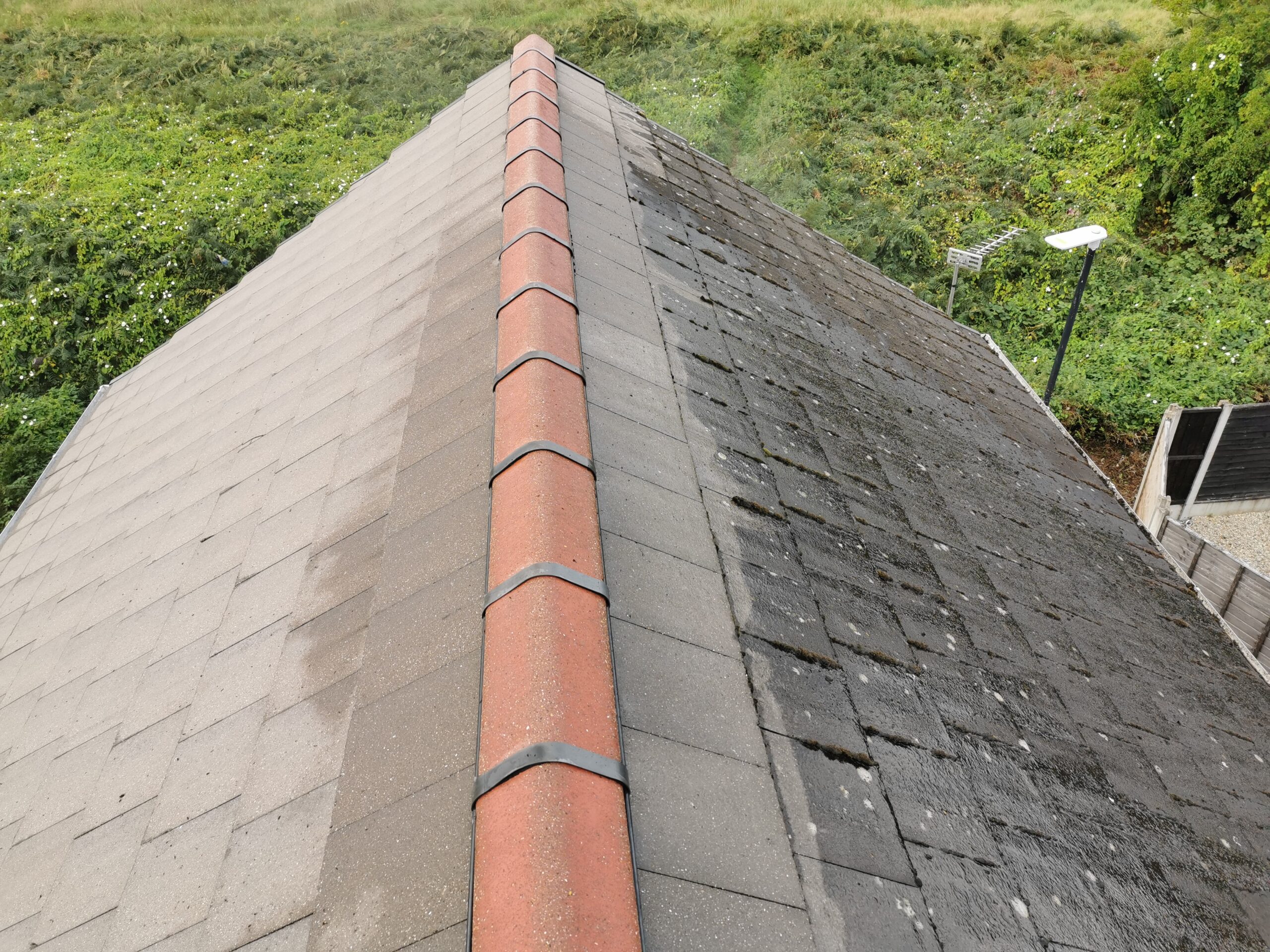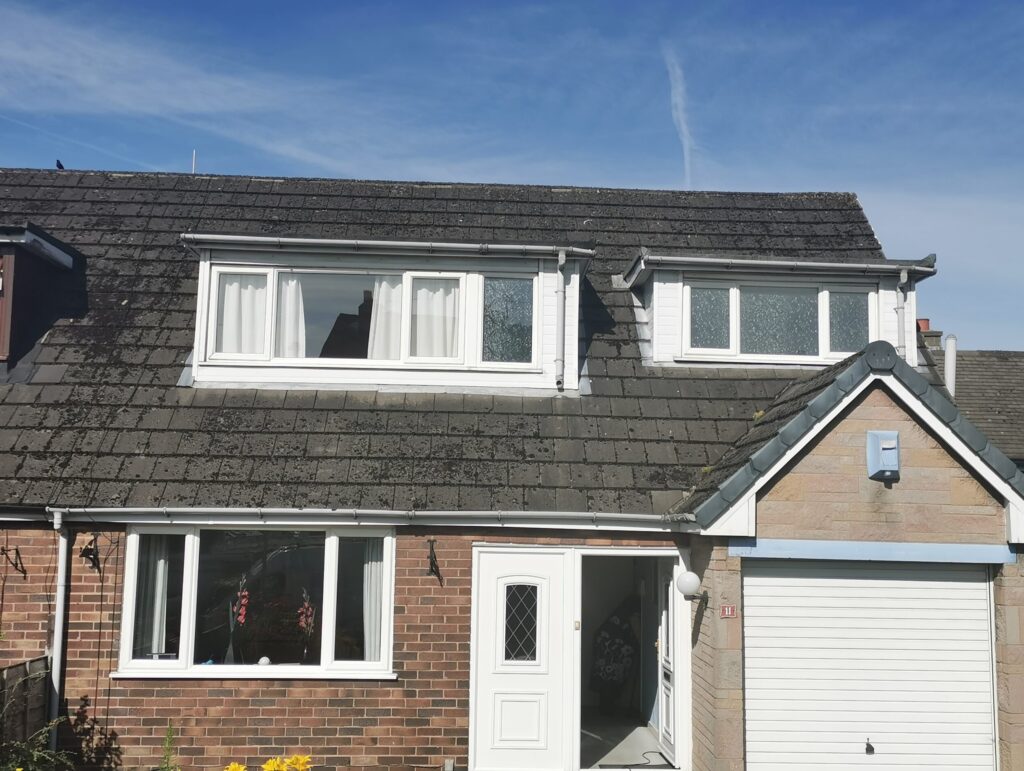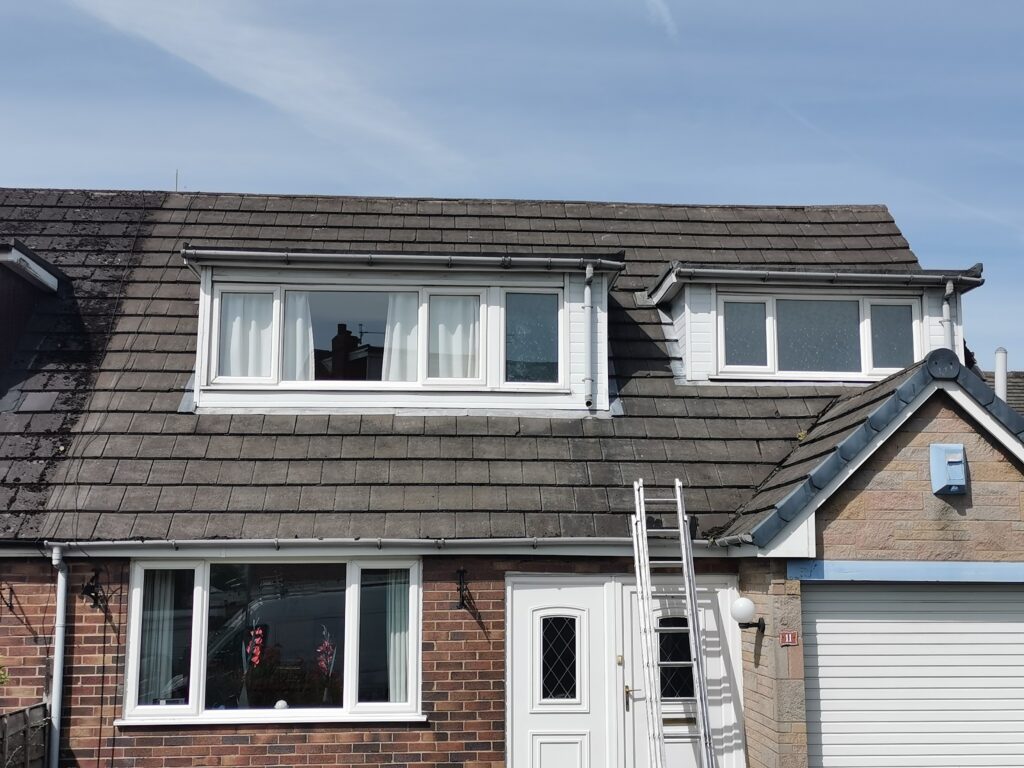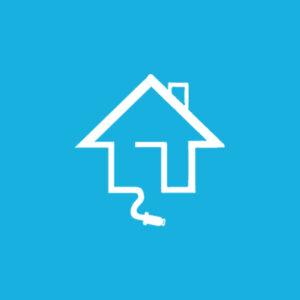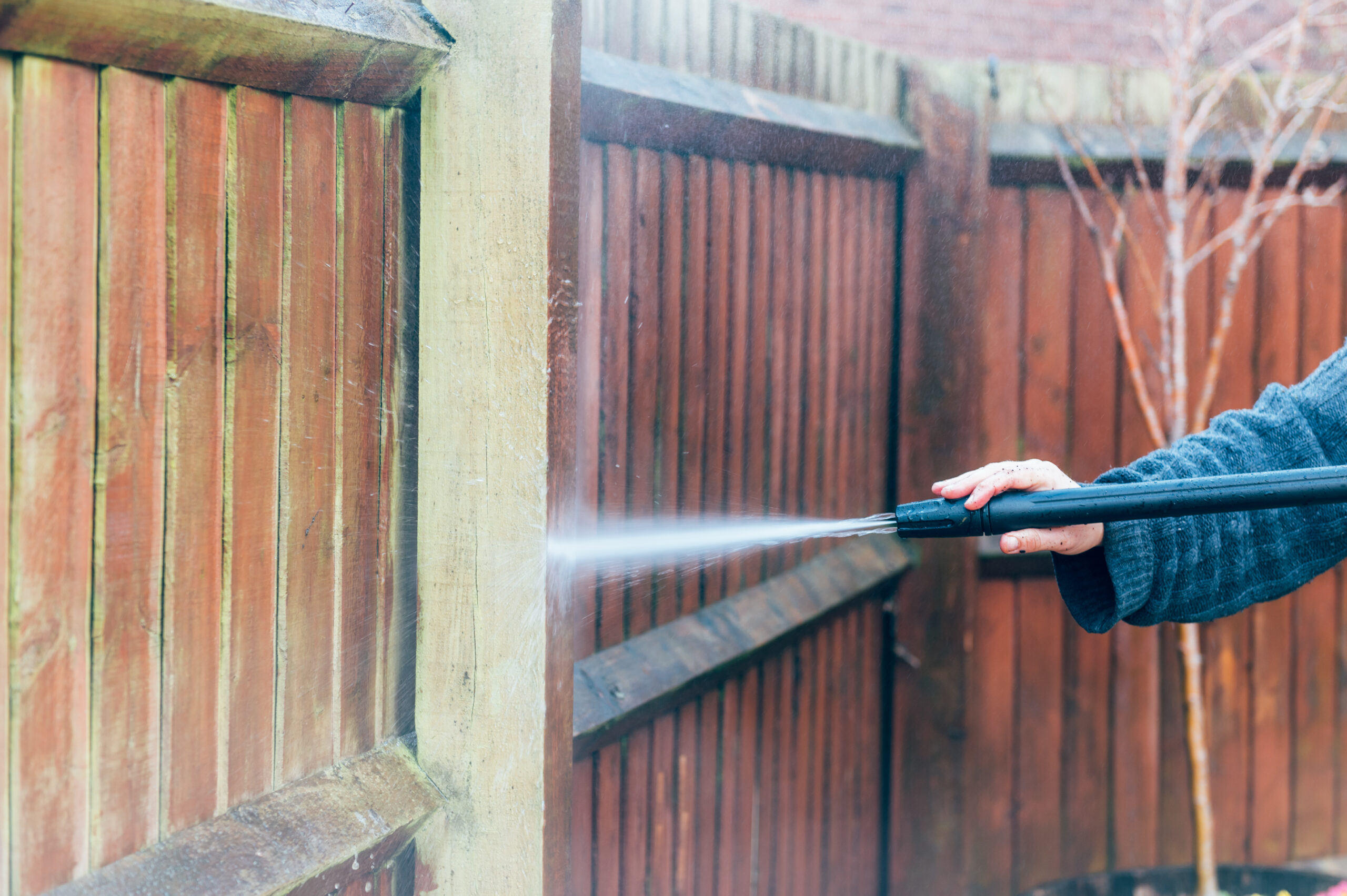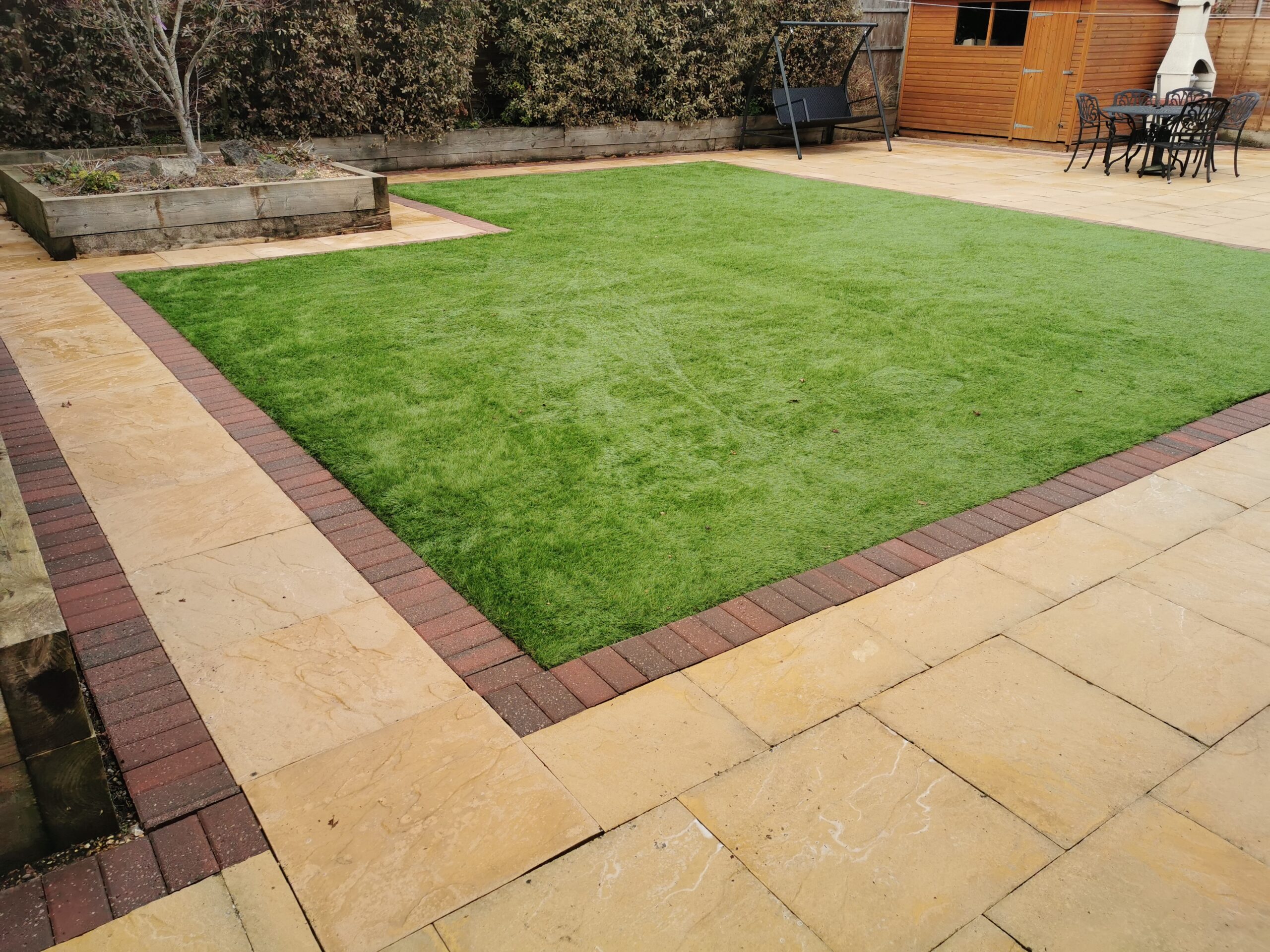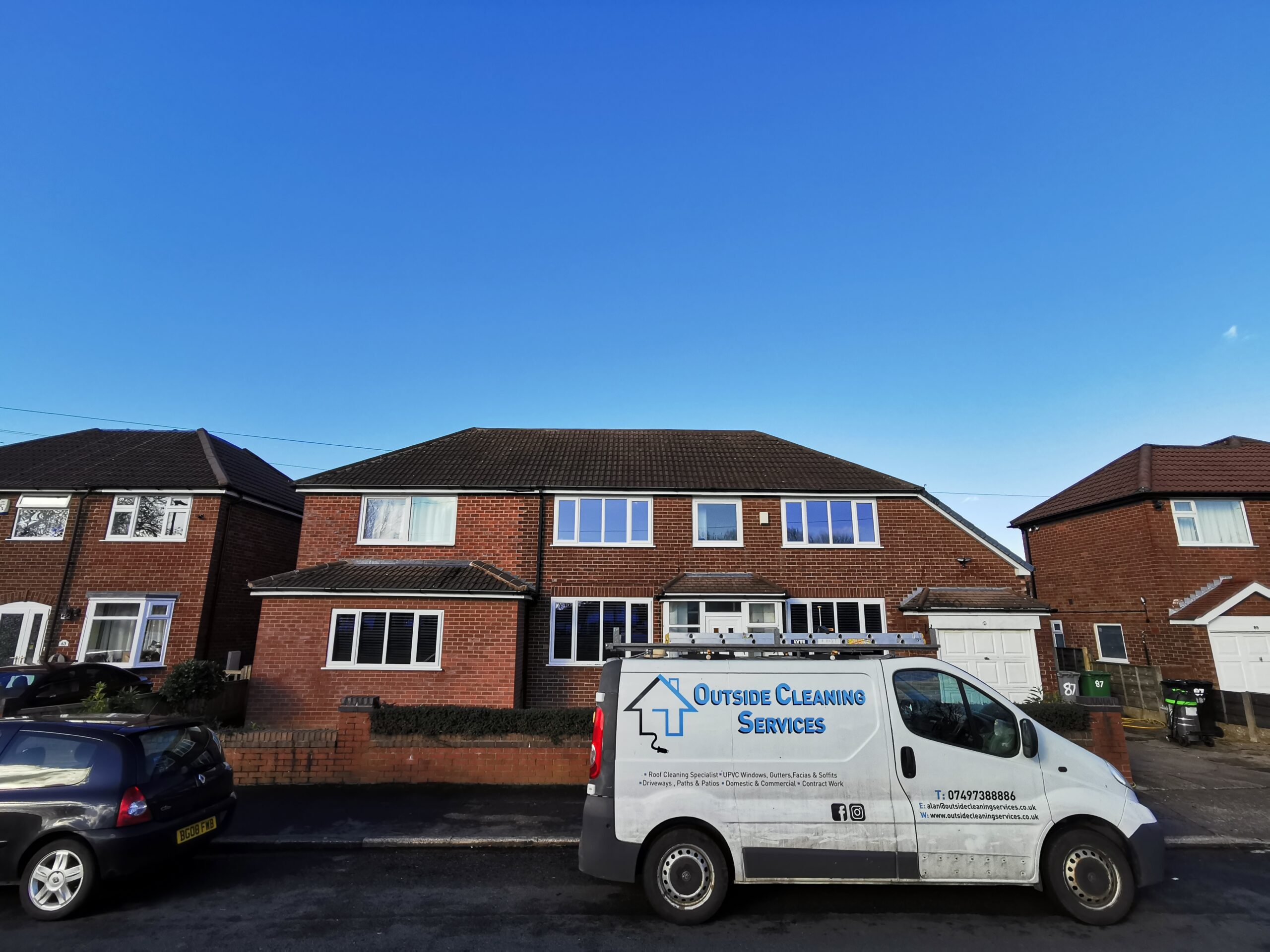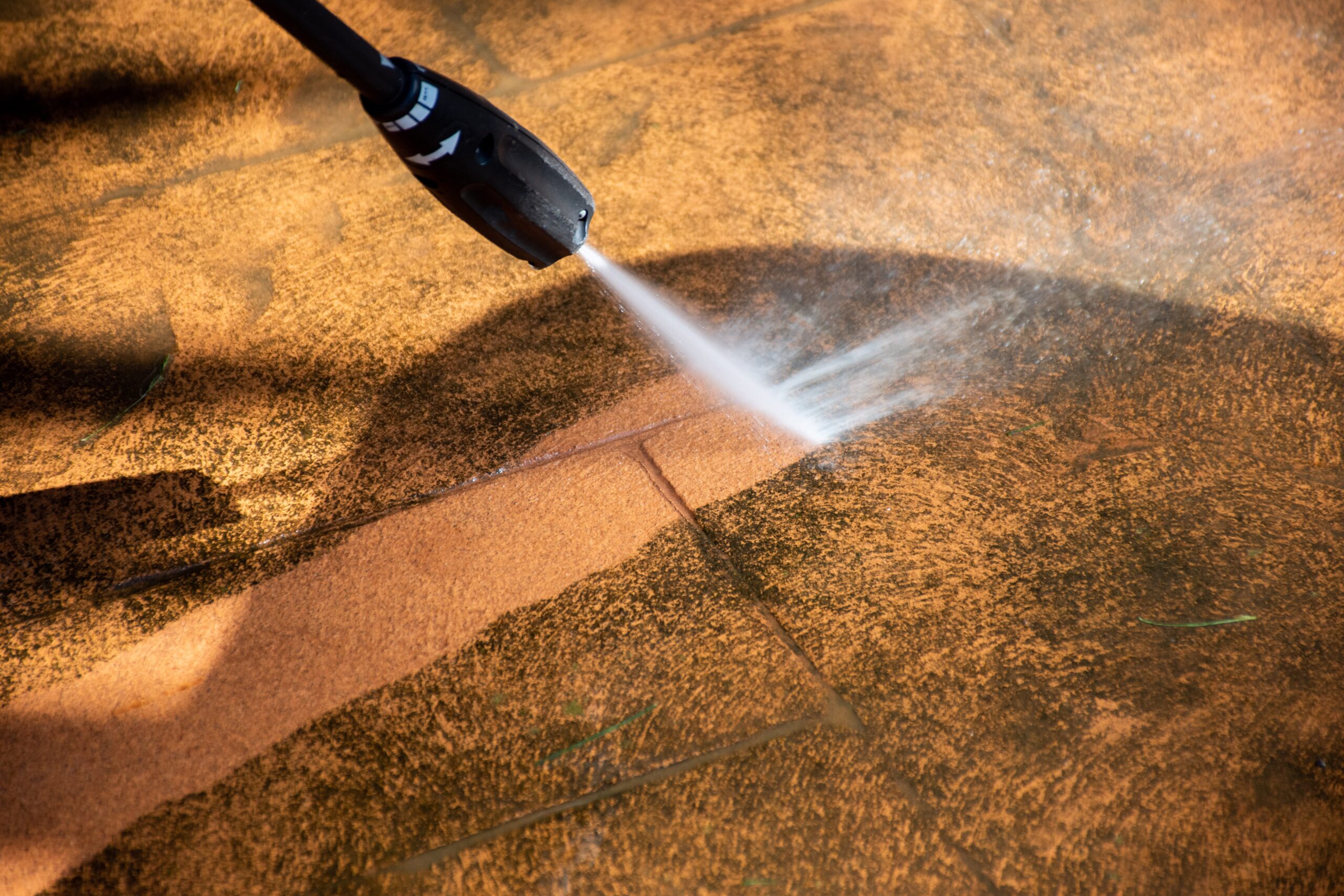How Does Long-Term Contamination Affect Roof Performance?
The performance of a roof is critical to the overall protection and longevity of a building. Over time, roofs are subjected to various environmental factors, including long-term contamination, which can have a significant impact on their performance. In this article, we will delve into how long-term contamination affects the performance of roofs, explore its effects on different roof materials, and discuss preventive measures to mitigate these issues.
Understanding Long-Term Contamination
Long-term contamination refers to the accumulation of pollutants, debris, and organic matter on the surface of a roof over an extended period. Common sources of contamination include airborne pollutants, such as dirt, dust, pollen, and industrial emissions, as well as organic materials like leaves, moss, algae, and bird droppings. While these contaminants may seem harmless at first, their long-term presence can gradually deteriorate the integrity and functionality of the roof.
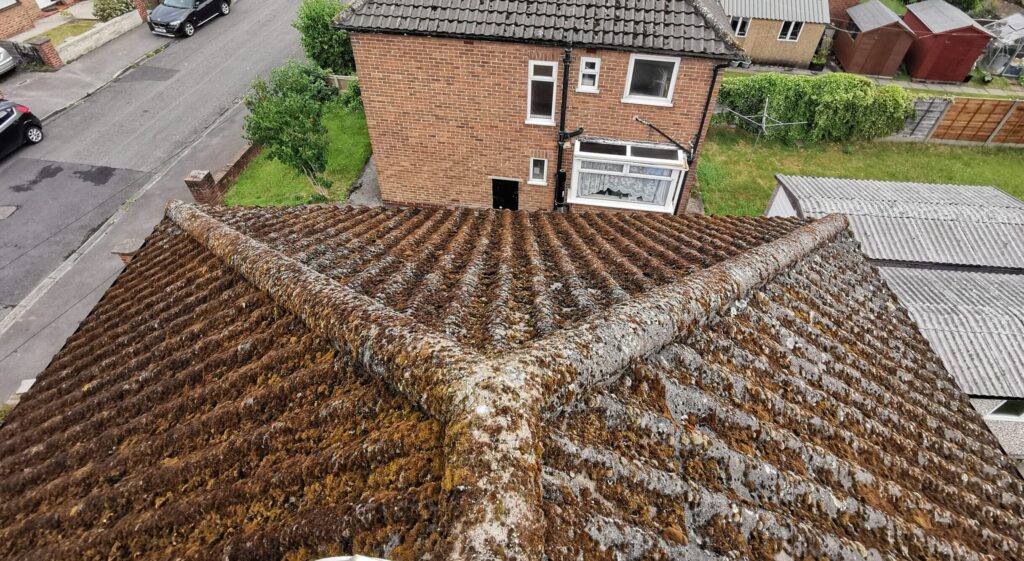
The Impact of Contamination on Roof Materials
Asphalt Shingles
Asphalt shingles, a popular roofing material, are particularly vulnerable to long-term contamination. The accumulation of debris and organic matter on the shingle surface can lead to the growth of algae, moss, and fungi. These organisms trap moisture, causing the shingles to deteriorate over time. The presence of contaminants can also compromise the shingles’ ability to reflect sunlight, leading to increased heat absorption and reduced energy efficiency.
Metal Roofs
Metal roofs are generally more resistant to contamination compared to other materials. However, long-term exposure to pollutants can still impact their performance. Contaminants like dirt and dust can accumulate on the metal surface, diminishing its reflective properties. This can result in increased heat absorption, leading to higher energy costs. Additionally, corrosive substances and acidic pollutants can accelerate metal corrosion, potentially compromising the roof’s structural integrity.
Tile Roofs
Tile roofs are known for their durability and resistance to various environmental factors. Nevertheless, long-term contamination can pose challenges to their performance. Debris, leaves, and algae can accumulate in the gaps between tiles, causing moisture retention and potential water damage. The growth of moss and algae can also weaken the bond between tiles and reduce their ability to withstand external forces, such as wind or hail.
Flat Roofs
Flat roofs, commonly found in commercial buildings, are prone to long-term contamination due to their horizontal surface. Debris, leaves, and dirt can accumulate over time, blocking drainage systems and causing water pooling. This can lead to leaks, water infiltration, and ultimately, structural damage. Contaminants can also degrade the waterproofing materials used on flat roofs, further exacerbating the risk of leaks and moisture-related issues.
Effects of Contamination on Roof Performance
Reduced Lifespan
Long-term contamination can significantly reduce the lifespan of a roof. The presence of contaminants can accelerate the deterioration of roof materials, making them more susceptible to damage from external factors such as weather events. Regular cleaning and maintenance are essential to mitigate the effects of contamination and extend the lifespan of the roof.
Decreased Energy Efficiency
Contaminants on the roof surface can hinder the roof’s ability to reflect sunlight and radiate heat, leading to decreased energy efficiency. This can result in higher cooling costs during hot weather as the building’s HVAC system works harder to maintain comfortable indoor temperatures. Regular cleaning and the use of reflective coatings can help improve energy efficiency and reduce energy consumption.
Structural Damage
Long-term contamination can contribute to structural damage to the roof. The accumulation of debris and organic matter can trap moisture, leading to the growth of mold, mildew, and rot. This can weaken the roof’s structural components, compromising its stability and increasing the risk of leaks, water damage, and even collapse. Timely cleaning and proper maintenance are crucial to prevent structural issues caused by contamination.
Aesthetic Concerns
Contamination can have a negative impact on the visual appearance of the roof. Stains, discoloration, and the growth of algae or moss can make the roof look unsightly and detract from the overall aesthetic appeal of the building. Regular cleaning and preventive measures can help maintain the roof’s appearance and preserve its curb appeal.
Preventive Measures to Mitigate Contamination
Regular Roof Inspections and Maintenance
Regular roof inspections and maintenance are vital to identify and address contamination-related issues early on. Inspections should include checks for debris buildup, signs of algae or moss growth, and any damage caused by long-term contamination. Prompt cleaning, repairs, and the removal of contaminants can prevent further damage and prolong the roof’s performance.
Proper Ventilation
Proper ventilation is essential to prevent moisture buildup and the growth of mold or mildew. Adequate airflow helps dry out the roof surface and inhibits the conditions conducive to the growth of contaminants. Installing roof vents, ridge vents, or exhaust fans can promote air circulation and reduce the impact of long-term contamination.
Installing Protective Coatings
Applying protective coatings, such as UV-resistant sealants or reflective coatings, can help mitigate the effects of long-term contamination. These coatings provide an additional barrier against pollutants, reduce heat absorption, and enhance the roof’s durability. Regular reapplication of coatings is necessary to maintain their effectiveness.
Implementing Roof Cleaning Strategies
Regular roof cleaning is crucial to remove contaminants and prevent their long-term effects. Depending on the roof material, cleaning methods may vary. Soft washing techniques using low-pressure water and specialized cleaning solutions are effective for removing algae, moss, and other organic matter. It is important to hire professionals or follow manufacturer guidelines to ensure safe and proper cleaning procedures.
Conclusion
Long-term contamination can significantly impact the performance and lifespan of roofs. It can lead to reduced durability, decreased energy efficiency, structural damage, and aesthetic concerns. However, with proper preventive measures such as regular inspections, adequate ventilation, the use of protective coatings, and timely cleaning, the negative effects of contamination can be mitigated. Maintaining a clean and well-maintained roof is essential for the long-term performance and protection of any building.

